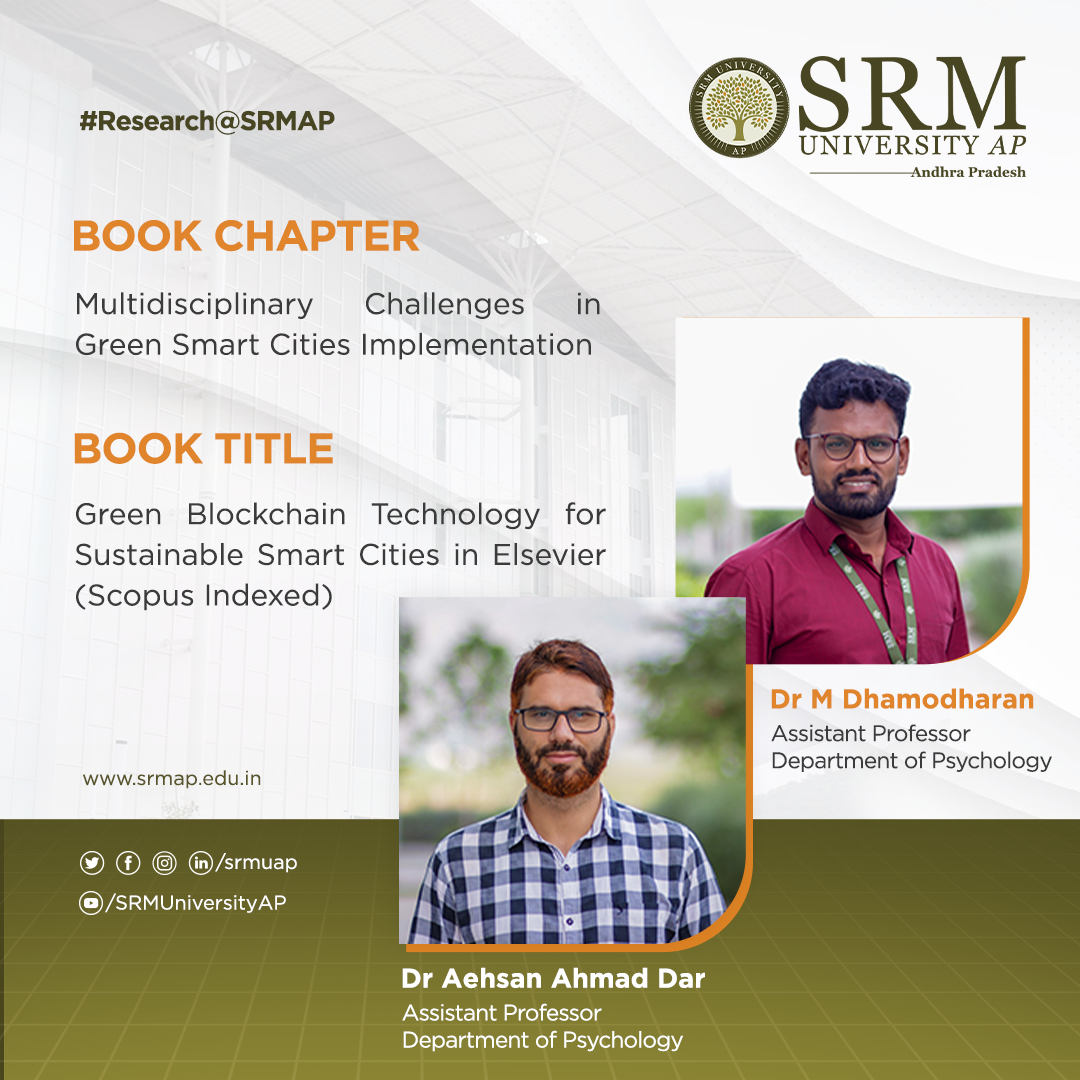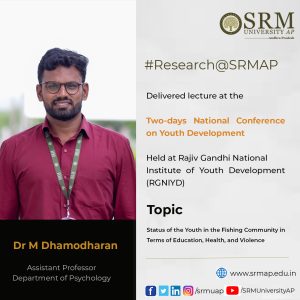Multidisciplinary Challenges in Green Smart Cities Implementation
 As the world grapples with the escalating challenges of urbanisation and environmental degradation, the concept of green smart cities has emerged as a promising solution. Green smart cities integrate advanced technologies, sustainable practices, and innovative urban planning to create environmentally friendly, resource-efficient, and liveable urban spaces. However, implementing green smart cities poses numerous multidisciplinary challenges that require careful consideration and collaborative efforts from various fields.
As the world grapples with the escalating challenges of urbanisation and environmental degradation, the concept of green smart cities has emerged as a promising solution. Green smart cities integrate advanced technologies, sustainable practices, and innovative urban planning to create environmentally friendly, resource-efficient, and liveable urban spaces. However, implementing green smart cities poses numerous multidisciplinary challenges that require careful consideration and collaborative efforts from various fields.
Assistant Professors Dr Dhamodharan M and Dr Aehsan Ahmad Dar from the Department of Psychology have published a chapter titled Multidisciplinary Challenges in Green Smart Cities Implementation in the book Green Blockchain Technology for Sustainable Smart Cities in Elsevier, which is Scopus Indexed.
Focusing on challenges in green smart cities implementation will help the policymakers, government, and public to get aware of the problems related to all aspects. Implementing green smart cities may provide difficulties in the previously described dimensions of governance, economics, social interaction, technology, and ethics. Therefore, as the world’s population grows, there is a need to adapt to the changes, such as green smart cities. Government, policymakers, and the general public should adopt solutions to societal issues supported by science and research. The next generation will find it convenient and necessary to develop green smart cities. The world will prosper with green smart cities if policymakers, the government, and the people simultaneously identify the issues and begin the work properly with the right strategy and support.
Abstract
Villages are the pride of the nation. Nevertheless, cities reflect the nation’s growth and prospects. Department of Economic and Social Affairs in the United Nations explained that the universe’s people will be nearly 70 % in urban areas by 2050. Cities worldwide are facing important issues with increasing urbanisation, environmental sustainability, unemployment, slums, and mitigation of climate variation. So, policymakers and researchers focused on the concept of a smart city to manage these challenges. Consequently, the concept of “Smart Green Cities” came into the picture. Smart green cities are the collaborative hub linked with business, government, education, and the public to generate comfortable living in urban environments by encouraging change with scientific-based problem-solving. In simple terms, Green smart cities are technologically advanced in solving problems without harming the environment. For Implementing green smart cities, developed and developing countries are collaborating and signing a memorandum of understanding with one another. Government representatives, educators, and the public should cooperate to make a green smart city successful.
Green smart cities make global connectedness, productivity, efficiency, and revolution possible. Meanwhile, poorly regulated green smart cities will result in environmental difficulties like socioeconomic inequalities, poor public safety, and conservational destruction. Furthermore, implementing green smart cities is not a simple strategy. This chapter discusses multidisciplinary challenges in green smart cities’ implementation. People face challenges through green smart cities implementation in the following sustainability dimensions such as Blockchain challenges, Governance challenges, Economic challenges, Social challenges, Technology challenges, Environmental challenges, and Ethical challenges.
Collaborations
- Dr Dhamodharan M, Assistant Professor, Department of Psychology, School of Liberal Arts and Social Sciences, SRM University-AP.
- Mr Vimalkumar, Research Scholar, Department of Mechanical Engineering, Indian Institute of Technology, Palakkad, Kerala
- Dr Aehsan Ahmad Dar, Assistant Professor, Department of Psychology, School of Liberal Arts and Social Sciences, SRM University-AP.
- Published in Departmental News, News, Psychology News, Research News
Delivered Lecture at the Two–day National Conference on Youth Development at RGNIYD
 During the Two-day National Conference on Youth Development titled Youth in the 21st Century: Prospects and Psychosocial Challenges, organised by Rajiv Gandhi National Institute of Youth Development (RGNIYD), Sriperumbudur, Tamil Nadu, in collaboration with ICMR – NIRT, Chennai, Dr Dhamodharan, Assistant Professor, Department of Psychology, presented a lecture on Status of the Youth in Fishing Community in Terms of Education, Health, and Violence.
During the Two-day National Conference on Youth Development titled Youth in the 21st Century: Prospects and Psychosocial Challenges, organised by Rajiv Gandhi National Institute of Youth Development (RGNIYD), Sriperumbudur, Tamil Nadu, in collaboration with ICMR – NIRT, Chennai, Dr Dhamodharan, Assistant Professor, Department of Psychology, presented a lecture on Status of the Youth in Fishing Community in Terms of Education, Health, and Violence.
Abstract
Over sixty percent of the fisher population in India is Below Poverty Line (BPL). For traditional fishers, fishing is their primary source of income, and they have no other options. Hence, families in the coastal village are socially, financially, and educationally disadvantaged and frequently face financial difficulties. Additionally, the literacy level of the fishing community is deficient. Fishers have met an unbalanced diet, tension, excessive drinking, tobacco usage, and harmful behaviours. Fisher communities are often underprivileged and constitutionally and communally isolated from other communities. Limited research has been conducted on the fishing community youth, particularly in Tamil Nadu and Pondicherry. Hence, the study needs to be understood and conducted for the fishing community youth regarding education, health, and violence. The empirical study combined quantitative and qualitative approaches to Tamil Nadu and Pondicherry fishing community youth. The study tools used for the data collection are a semi-structured questionnaire for youth for their perspective on health care, school, violence, and family support and a semi-structured questionnaire to the parents regarding their perspective on their children’s education, health, violence, and family support. Twenty case studies were conducted in the selected clusters. Also conducted were key informant interviews with fishing community leaders in four clusters. The results showed that more than 50 % of participants face verbal violence, more than 80 % face physical violence, and nearly 25% face sexual violence. The fishing community is an under-educated, predominantly nuclear family, and the family income is less than ten thousand rupees monthly. Physical abuse had significantly associated with place of residence, Puducherry residing youth had more physical abuse than Tamil Nadu. The social-economic condition of the family and the parental education seemed to be better in the state of Tamil Nadu as compared to Puducherry. Youths from Puducherry had a greater risk of experiencing physical and verbal abuse. Parents had a relatively low level of awareness and understanding of child rights and laws. The study’s results helped to understand the problem of fisher community youth and their perception of parental care, education, health, and violence.
Practical Implementation of the Findings
- Social welfare department and local NGOs to take up need-based intervention programmes for the welfare of the fishing community and youth.
- The youth welfare department understands the problems of youth in the fishing community.
- Policymakers to develop policies and legislation for the youth of fishers in the education and health sectors.
- Understanding the problems and violence against the youth of the fisher community, as well as helping the Non-Government Organisations for making intervention programs at the community level.
- Assist the school administration in better understanding the Fisher community students’ situation and creating counselling centres in school settings.
- Published in Departmental News, News, Psychology News, Research News

